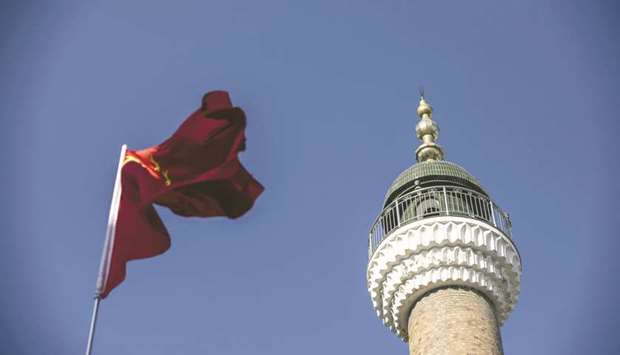Shariah-compliant financing plays a steadily growing role in China’s New Silk Road project, also known as Belt and Road Initiative, a mega-development plan for infrastructure and economic development currently involving more than 70 countries in Asia, the Middle East, Europe and Africa at a combined investment volume of up to $8tr until 2030.
A particular economic corridor planned by the Chinese runs from Xinjiang, China’s autonomous Muslim province in the country’s northeast, across Central Asia to Western Asia and crosses a number of predominantly Muslim countries, namely Kazakhstan, Kyrgyzstan, Uzbekistan, Tajikistan, Turkmenistan, Iran and Turkey and will be connected to Pakistan and the Gulf Cooperation Council (GCC) countries through a linkage. Another maritime corridor will connect Muslim countries in Southeast Asia, namely Malaysia and Indonesia, with other predominantly Muslim jurisdictions including Bangladesh, Tanzania, Djibouti, Sudan and the Arabian Peninsula.
Analysts assent to the view of regional bankers that the Belt and Road Initiative represents a massive opportunity for Islamic financing institutions to get involved on a large scale with long-term infrastructure funding and other economic contributions to the region.
After all, of the total number of nations involved in the Belt and Road initiative, around 30 have predominantly Muslim populations, including some in Africa. To get them involved, China-lead Asian Infrastructure Investment Bank (AIIB) has been approaching Islamic banks in the countries and encouraged them to take part in the initiative across the region.
Particularly, the AIIB strongly recommends the use of Islamic bonds, or sukuk, as a means of structuring investment into infrastructure development since those bonds have been recognised not just by the Islamic financial world, but also the conventional banking sector, as a successful financing structure for large-scale, long-term infrastructure projects.
Alongside sukuk, Islamic finance’s contribution to the initiative would also comprise of bridge financing, private equity for private-public partnership projects, as well as green sukuk issuance for renewable energy projects, among others.
Since the unveiling of the Belt and Road Initiative in 2013, the AIIB also approached the Islamic Development Bank to discuss the use of Islamic finance for the Belt and Road Initiative. A sizeable number of the 57 member countries of the Islamic Development Bank with its 1.8bn-strong Muslim population is involved, which means that Islamic finance may well find a prominent role in the initiative’s funding.
“Modern Islamic economies will exert considerable impact on the Belt and Road Initiative development programs,” Travis Selmier, professor at the political science department at Indiana University, wrote in a recent research paper on the influence of Islamic economies on the New Silk Road.
“Although a non-Muslim majority country, China has a longer, deeper and more influential history of cultural interaction with Islam than any other large country or major culture,” he added.
Furthermore, analysts said Islamic infrastructure financing for large projects on the Belt and Road corridors across Asia would be the preferred means of funding for many regional governments to avoid negative fiscal effects of multibillion-dollar lending on their own jurisdictions. This is because the Islamic finance industry has been acknowledged for its role in supporting to stabilise the global financial system after the global financial crisis in 2008 because of its strong ethical principles and as an alternative funding source for infrastructure products.
It was also 2008 when China started to look at Islamic financing solutions for exactly these reasons, and the Industrial and Commercial Bank of China (ICBC), the largest bank by assets not only in China, but in the world, began to look for cooperation with Islamic banks in Asia and the GCC.
Mutual cooperation, backed by the AIIB and ICBC, will certainly be crucial for the Belt and Road initiative since the financing requirements across the economic corridors are partly so huge that no single country or probably just a few large state-backed institutions could mobilize such substantial liquidity on
their own.
A Chinese flag flies in front of a minaret at the Erdao Bridge Mosque in Urumqi, Xinjiang autonomous region, China (file). A particular economic corridor planned by China runs from Xinjiang, the autonomous Muslim province in the country’s northeast, across Central Asia to Western Asia and crosses a number of predominantly Muslim countries, namely Kazakhstan, Kyrgyzstan, Uzbekistan, Tajikistan, Turkmenistan, Iran and Turkey and will be connected to
Pakistan and the Gulf Cooperation Council countries through a linkage.

Islamic finance
